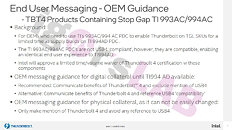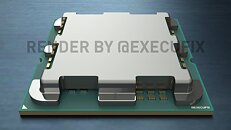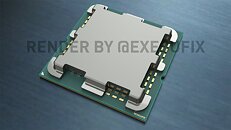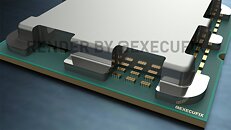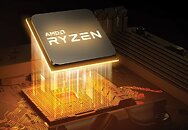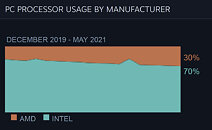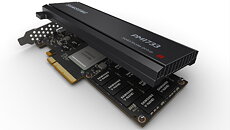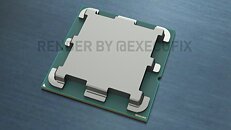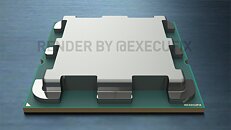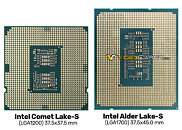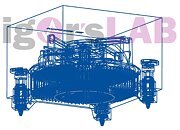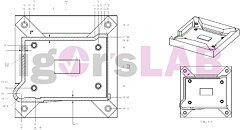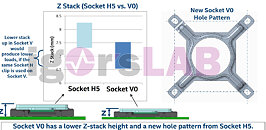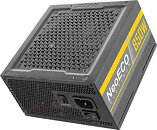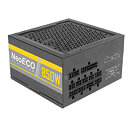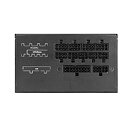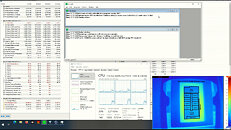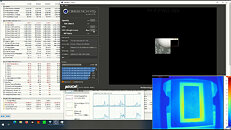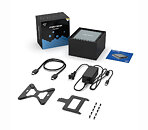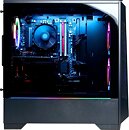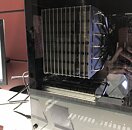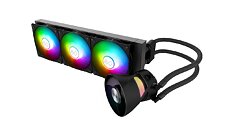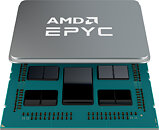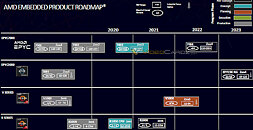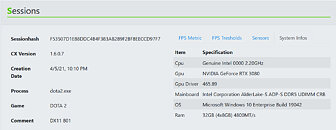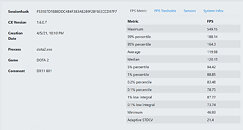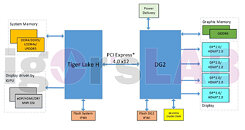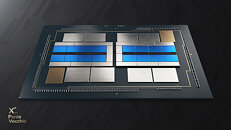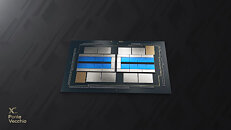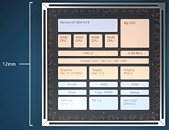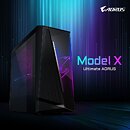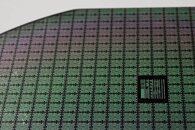
USB Power Delivery Controller Shortage Could Impact Intel Tiger Lake Laptop Availability
When Intel launched its Tiger Lake processors for laptops, the company has foreseen a smooth integration by OEMs and plenty of design wins. While that has turned out to be true, there seems to be a big problem lurking in the OEM component supply chain. In the new Tiger Lake systems, the CPU carries support for Thunderbolt 4 and USB 4 technologies. However, these protocols can not work on their own, as they require external power delivery controllers (PDC) to function. These PDCs are used to regulate and control all of the power circulating in the USB specification, and they come in a form of a separate chip. This chip is later integrated into PCBs of various systems implementing these technologies.
Today, we have a report coming from Igor's LAB, in which we are told that the availability of these chips could be very bad. Intel's OEMs are using Texas Instruments (TI) 994AD PDC, however, as the supply of these chips becomes scarce, OEMs are turning to TI 993AC/994AC chips. Intel advises OEMs, carrying these chips in their systems, to only communicate benefits of Thunderbolt 4 and exclude USB 4 mentions, or to communicate benefits of Thunderbolt 4 and reference USB 4 "compatibility." This means that every OEM using the alternative chips will get Intel's Thunderbolt 4 certifications, as the company plans to temporarily issue certifications with these chips included, while the supply chain regulates. TI's 993AC/994AC are assumed to not have the power and regulation capability of the USB 4 as the 994AD PDC can.
Today, we have a report coming from Igor's LAB, in which we are told that the availability of these chips could be very bad. Intel's OEMs are using Texas Instruments (TI) 994AD PDC, however, as the supply of these chips becomes scarce, OEMs are turning to TI 993AC/994AC chips. Intel advises OEMs, carrying these chips in their systems, to only communicate benefits of Thunderbolt 4 and exclude USB 4 mentions, or to communicate benefits of Thunderbolt 4 and reference USB 4 "compatibility." This means that every OEM using the alternative chips will get Intel's Thunderbolt 4 certifications, as the company plans to temporarily issue certifications with these chips included, while the supply chain regulates. TI's 993AC/994AC are assumed to not have the power and regulation capability of the USB 4 as the 994AD PDC can.

